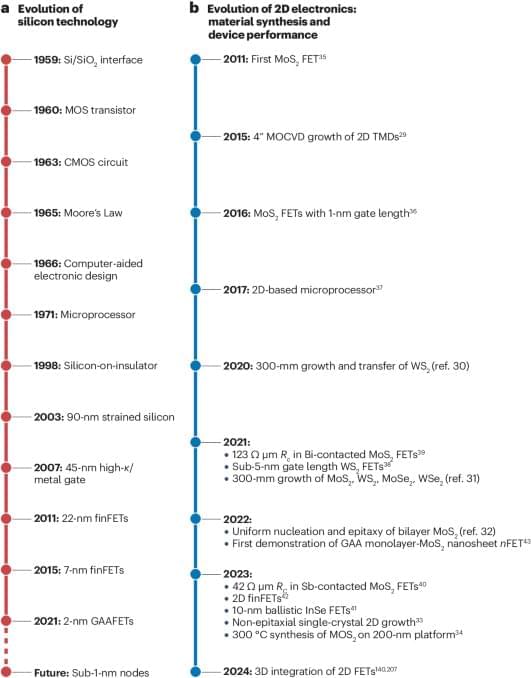Jun 26, 2024
Stimuli-Responsive Memristive Materials for Artificial Synapses and Neuromorphic Computing
Posted by Dan Breeden in categories: biological, computing, engineering
Neuromorphic computing holds promise for building next-generation intelligent systems in a more energy-efficient way than the conventional von Neumann computing architecture. Memristive hardware, which mimics biological neurons and synapses, offers high-speed operation and low power consumption, enabling energy-and area-efficient, brain-inspired computing. Here, recent advances in memristive materials and strategies that emulate synaptic functions for neuromorphic computing are highlighted. The working principles and characteristics of biological neurons and synapses, which can be mimicked by memristive devices, are presented. Besides device structures and operation with different external stimuli such as electric, magnetic, and optical fields, how memristive materials with a rich variety of underlying physical mechanisms can allow fast, reliable, and low-power neuromorphic applications is also discussed. Finally, device requirements are examined and a perspective on challenges in developing memristive materials for device engineering and computing science is given.
Keywords: artificial synapses; memristive materials; neurons; synaptic plasticity.
© 2021 Wiley-VCH GmbH.
















